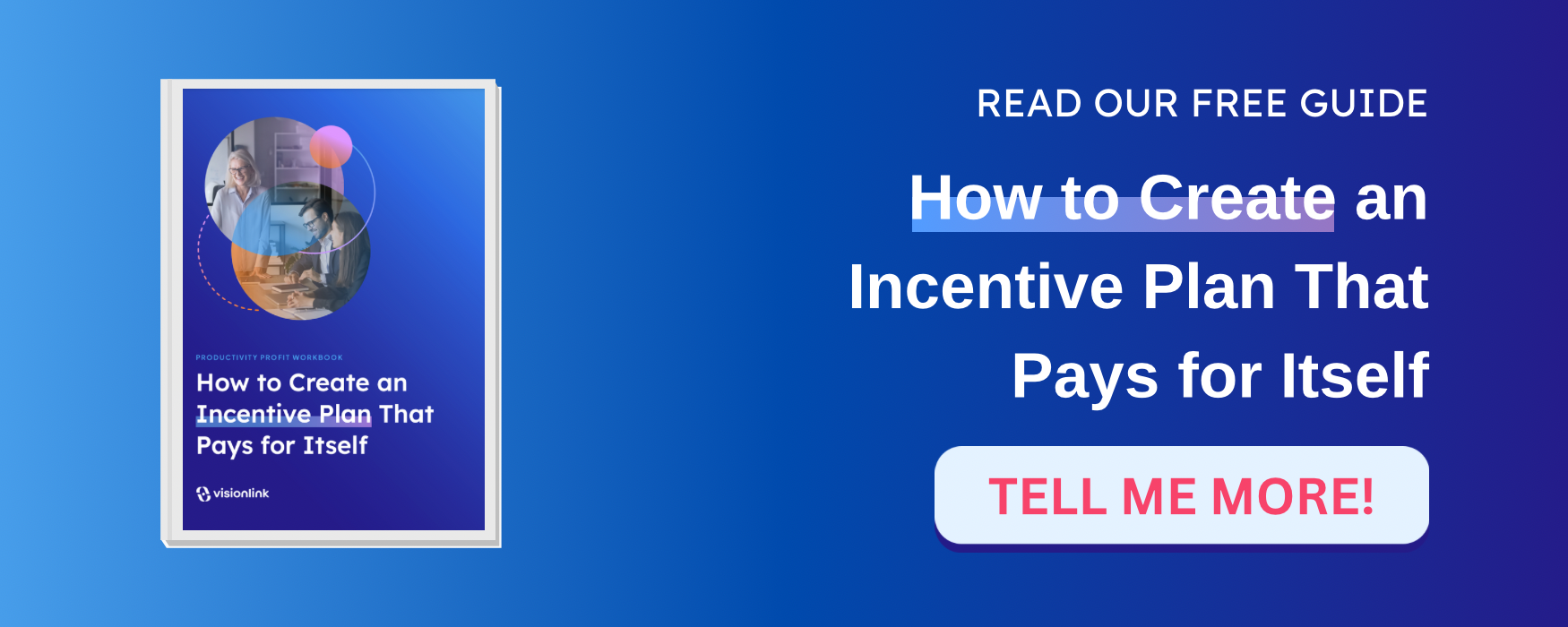The Future of Compensation & What it Means for Your Pay Strategy
June 26, 2024 • By Ken Gibson

In recent years, most business leaders have found compensation to be a rather complicated issue.
There was a time when pay issues seemed to be pretty straightforward. If you ran a business, you employed people. And if you had employees, you compensated them for the work they did. Conscientious employers simply tried to ensure that what they paid was fair and consistent with market standards.
But no one is finding things to be that simple anymore.
Employers are experiencing increasing difficulty in determining the best way to pay their people. It’s no longer a matter of how much their employees should be paid. It’s about how they should be paid.
Shortly we’ll dive into what that means. But first, let’s talk about how we got here.
A Brief History Lesson
Most organizational heads point to the pandemic as the event that changed how they dealt with so many things in their businesses, including talent and compensation issues. The economic shutdown took a huge toll on company cash flow. Consequently, leaders became acutely aware of how fixed financial commitments like salaries and benefits impacted their companies’ ability to survive. It led hundreds of employers to adjust the size of their workforce, the size of their payroll, or both.
Simultaneously, COVID-19 forced organizations to adopt “work from home” policies. While employees saw both advantages and disadvantages in that accommodation, few organizations have emerged from the pandemic with anything less than a hybrid workplace policy. Consequently, it’s become a competitive issue. If you insist your employees be in the office every day, but a dozen other companies allow more flexibility, it’s harder for you to compete for talent. And your universe of recruiting prospects shrinks. Your competitors can hire people living anywhere in the country while you have to attract those living geographically proximate to your business. The result is you have to vastly improve your pay offering to offset your less flexible workplace policy.
While the pandemic certainly had a role in making compensation a more complicated issue, it really wasn’t the trigger. It simply accelerated and exacerbated a trend that began as far back as 2012.
That was the year McKinsey & Company published a study indicating the world was experiencing a growing scarcity of skilled, experienced, and educated talent. McKinsey’s study suggested that in the future there would be more positions available than qualified people to fill them. Its research said that by 2020, there would be a potential shortage of about 38 to 40 million high-skill workers, or 13 percent of the demand for such workers.
By 2017, most CEOs reported they were already experiencing the effect of the predicted talent shortage.
Then, 2020 arrived, the pandemic hit, and fuel was poured on a labor demand fire that had been aflame for years.
Here’s what McKinsey says in 2024:
“The US skilled labor market is facing record-high pressure, particularly for companies with manufacturing and construction operations. Increasing labor scarcity, amplified by the COVID-19 disruptions, has intensified competition for talent, raising the sectors’ average wages by more than 20 percent since the first quarter of 2020.1 Since money wages have rarely, if ever, fallen in the United States, this cost reset is effectively permanent, threatening margins and long-term growth. And this squeeze on labor is set to get worse as demographic headwinds intensify.” (The Need for Critical Trade Skills in the US, April 9, 2024, McKinsey & Company, Ezra Greenberg, Erik Schaefer, and Brooke Weddle)
Consequently, every day, more and more companies are discovering pay offerings that worked in the past are no longer enough. Compensation needs more attention, thought, and purposeful direction than previously. And chief executives who once thought they could simply delegate pay issues to their HR departments are discovering they must play a more central role.
It’s About What You’re Offering, not How Much
As the predicted McKinsey talent trend morphed into the Great Resignation that emerged in the spring of 2021, most companies tried to stop the talent bleeding by throwing money at the problem. Companies increased wages for their key people, hoping it would persuade them to stay instead of accepting higher offers from competitors. As with any knee-jerk solution, the results were devastating. Experienced talent temporarily accepted the offers to stay for higher pay, then used those increases to negotiate even better deals with their suitors. Meanwhile, employees not being recruited by other companies began demanding that they, too, should receive pay increases. These businesses drove up wages for all positions in the company in their efforts to hold onto a relative few.
This has led organizations of all sizes to think about their pay strategies in more sophisticated terms. They realize their compensation offerings must meet the exacting expectations of premier talent without putting greater financial strain on the company than is prudent. They recognize they must consider what they offer their employees, not simply how much.
Here is what most far-sighted employers are concluding about where pay trends are headed and what they need to do to keep pace.
- Pay Philosophy: Companies must have a clear rationale for how they will pay their people. They need a written compensation philosophy statement that articulates the company's criteria for determining each piece of its rewards offering.
- Salaries: Organizations use their philosophy statements to determine where they want to be vis-a-vis market pay for the guaranteed portion of their pay offerings. For example, for high-impact positions, they may want to be at the 50th percentile of market pay but provide significant upside through short and long-term value sharing. For more routine roles, they may want to be at the 75th or 80th percentile and offer a more modest upside through variable pay plans.
- Incentives: Most companies emerged from the pandemic with the understanding they needed to more effectively balance rewards for short and long-term performance. For their impact players, they want a heavy focus on rewarding sustained value-creation. This doesn't mean their key people needed to receive stock. It simply means they need a financial partnership with the company that rewards them for their contributions to business growth. Business leaders have also realized that their short-term value sharing (e.g. annual bonuses) needs to be heavily tied to profit targets more than achieving individual goals and personal performance standards.
- Benefits: Because of recent trends, wise company leaders look at their benefit plans more strategically. They recognize the need for a quality offering that matches the security needs of their employee population. They likewise realize that their high-value people are also highly compensated and, therefore, need supplemental security plans that protect their financial environment (e.g., supplemental disability coverage, increased life insurance, long-term care plans, etc.).
- Retirement Plans: In today’s environment, most employers recognize the need to provide a qualified retirement plan. For most, that’s a 401(k) plan. Similarly, many of these companies make those plans more attractive by matching employee contributions. However, elite businesses also provide a supplemental plan for their top-tier employees. They offer plans such as deferred compensation and phantom stock to ensure their key, highly compensated people have the means to overcome the contribution limitations of qualified plans.
Reducing the Complication
As stated earlier, most of the pain associated with today’s compensation complications is the result of ignorance. And unfortunately, too often, that ignorance is self-imposed. Many want this to be a simpler issue. They prefer burying their heads in the sand, hoping that when they come up for air, simpler times will have reappeared, and they can go on their merry way.
Of course, such an approach is disastrous.
Instead, to reduce the complexity associated with building an effective pay offering in today’s environment, businesses should start by considering compensation as a strategic issue. Payroll is a huge line item on the P&L. Consequently, it should be treated as an investment that needs to be effectively allocated and measured for the results it produces.
Following the guidance just offered for the five most common pay components is a good way to start evaluating your current allocation. But to dive deeper into this topic, read our FREE blueprint: How to Build a Complete & Compelling Employee Value Proposition.
Ready to Get Started?
When it comes to building a compensation strategy, you can trust that VisionLink knows what works and what doesn’t. We are ready to share that knowledge with you.
Stay Connected
Receive free, ongoing access to updates on compensation and talent trends, reports, events, and more.

